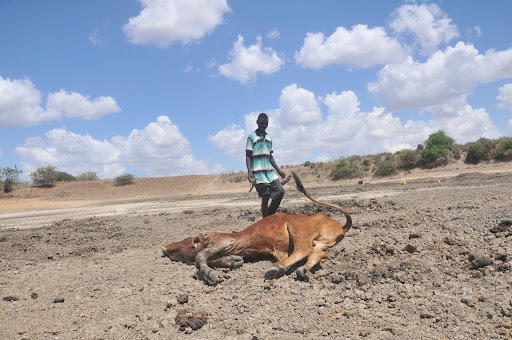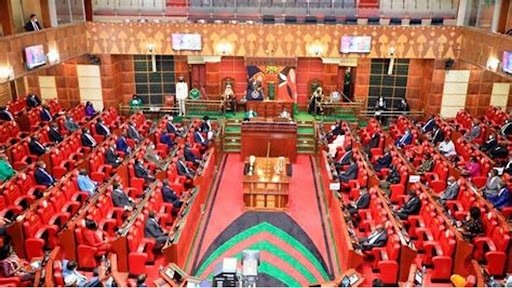
The County Government of Busia has embarked on a programme to fight malnutrition and enhance food security.
The programme puts more emphasis on the value chain and will be guided by the Busia County Nutrition Action Plan (CNAP) 2023–2028 and the County Agri-Nutrition Implementation Strategy (CANIS) 2023–2027.
During the launch of the two policy documents at Alupe Kemri station on Monday, Agriculture and Livestock Development CEC, George Mukok, said the two policies aim to end malnutrition and promote sustainable and climate-smart food production.
“We’re now prioritising value chains with high nutritional value like Nyota beans, African leafy vegetables, soya beans and other traditional crops to address malnutrition,” he said.
“We produce tonnes of crops here in Busia county, some of which feed other counties, but the question remains: are they nutritious?”
The county is keen on investments in high-nutrition crop production to improve household diets, especially in rural areas where malnutrition remains a major concern.
Health services and sanitation chief officer, Susan Outa, said the second-generation CNAP integrates nutrition into maternal and child health; education; Water, sanitation and hygiene (Wash); agri-nutrition; and emergency preparedness.
The first generation plan reduced stunting among children from 22.2 per cent in 2014, to 15 per cent, increasing vitamin A supplementation and growing allocations for nutrition interventions.
Outa said CANIS complements CNAP by promoting climate-resilient agriculture, the use of indigenous food systems and the expansion of household kitchen gardens to ensure year-round access to nutritious food.
“We are still facing challenges such as underfunding, poor data use, and vulnerability to emergencies like drought and pandemics,” she said.
“Nutrition is everyone’s responsibility. The county assembly must now legislate and fund these two policy frameworks for them to succeed.”
Scholastica Navade, the county’s director of nutrition, said the launch of the two policies was a major step toward a malnutrition-free future.
The two documents will empower community health promoters to guide families on healthy food choices.
“Without food, working systems, reliable data and strong coordination, the fight against malnutrition is lost. These documents envisage a future where no child goes to bed hungry and where mothers are empowered to feed their children well," Navade said.
She urged all stakeholders to support the implementation process, stressing that nutrition is a matter of human rights and equity.
“We must now move from strategy to action. Let us mainstream nutrition into our budgets and the work plans of our departments," Navade said.













